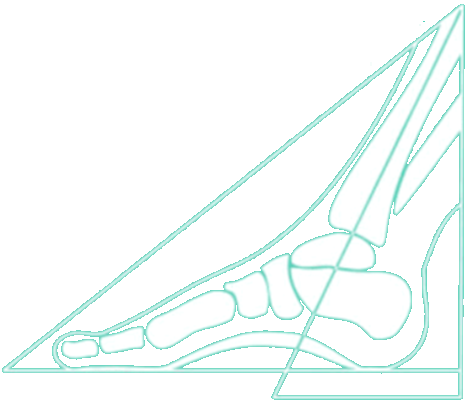
In a hallux valgus, the big toe shows adduction with respect to the longitudinal axis of the foot and a rotation around its own longitudinal axis (valgus position). A hallux valgus usually has its cause in a deviation of the foot root. The deviation in most cases is accompanied by a splayfoot. The transverse arch of the foot has sagged, meaning that the metatarsal heads have moved in a plantar direction. These MT heads can start to protrude through the sole of the foot, increasing the pressure on the heads during standing and walking. A bunion can also develop.
Friction and contact with the shoe can cause redness, swelling of the MTP1 joint, over time bursitis and bone spurs (osteophytes) can develop. This can cause the big toe to stiffen (hallux limitus/rigidus). As a result, an overload occurs on the adjacent metatarsals. The pressure under the heads increases and a hammer or claw toe can form.
Pressure on the joint of the big toe can be reduced by correcting the foot position and/or providing foot support through a therapeutic insole. This can also improve the rolling of the stiffened big toe.
